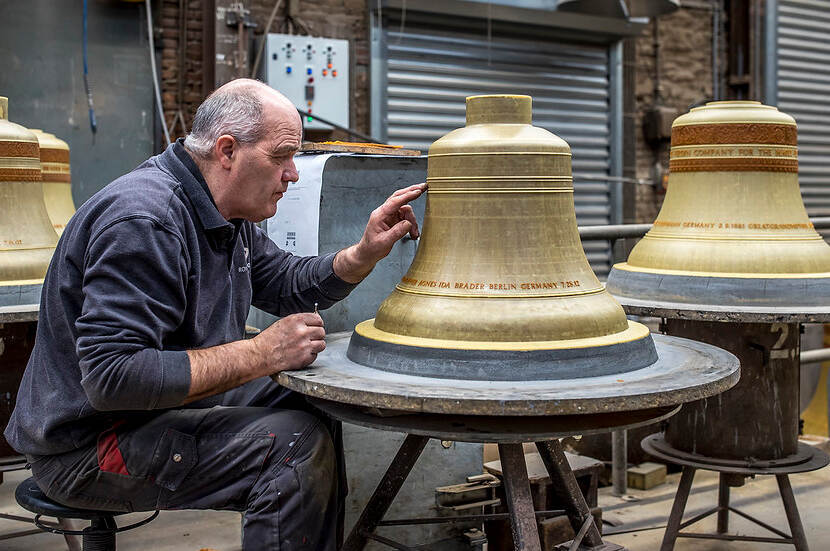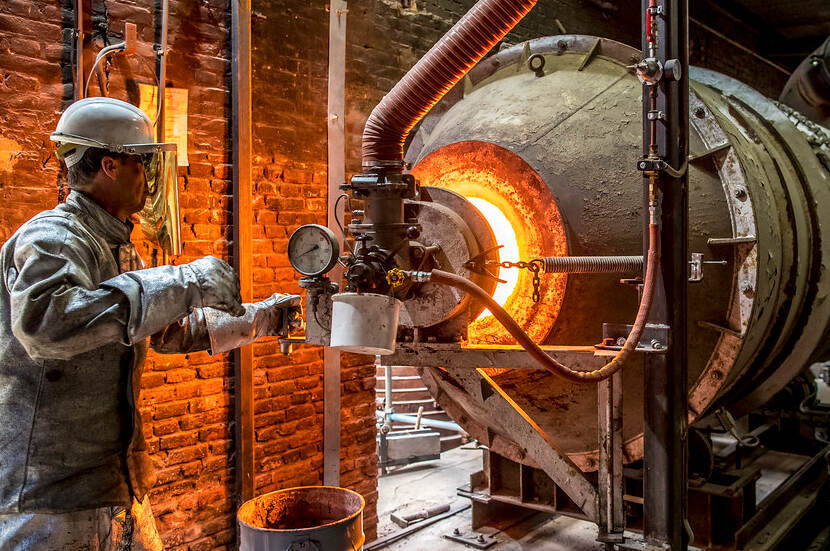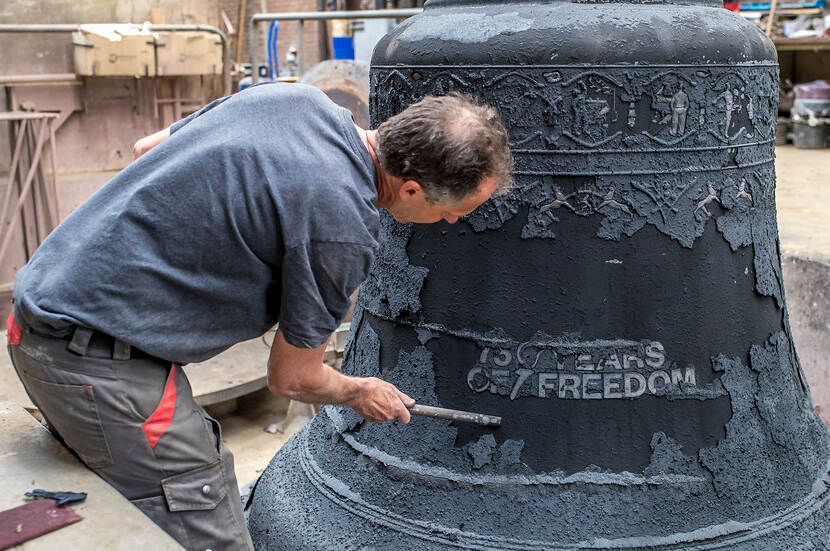5 May: the bells of liberation ring out
The link between war and bells resounds through our shared history. At times of war, bells have been taken down from belfries all over the world to be melted down into cannons. So as long as bells still ring out, it must be peace. During the Second World War, the bells in the Netherlands were silent. On 4 and 5 May (Remembrance Day and Liberation Day), we remember that silence – a silence that still resonates even after 76 years of freedom.
On 5 May the Netherlands celebrates its liberation by the Allies at the end of the Second World War. Since 1945 the Dutch Ministry of Foreign Affairs has worked with the UN – and since 1949 with NATO – to promote harmony worldwide, to ensure that bells can continue to peal all over the world. In gratitude for its role in the Second World War and for Marshall Aid, the Netherlands presented the United States with a special carillon.
The history of the carillon
The carillon was gifted to the United States by the people of the Netherlands in the 1950s. Each bell represents part of Dutch society: the highest notes symbolise Dutch youth, and the lowest the provinces and the Netherlands Antilles. The bronze bells were cast by three different foundries, which created a problem – they weren’t all quite in tune. Last year, however, this was finally set to rights.
Restoration in the Netherlands
Harmonious relations between the US and the Netherlands should be reflected by harmonious instruments. So in 2020 the Asten-based bell foundry Koninklijke Eijsbouts took on the restoration of the bells, correcting the decades-old differences in tone.
On 25 March 2021, the bells were prepared for the transatlantic trip, and they have now crossed the ocean. It’s expected that by the end of May, the carillon will be able to ring again from its tower at Arlington National Cemetery. Three new carillon bells will be presented at an exhibition by the Dutch embassy in Washington, to be held from 6-8 May. They are dedicated to George C. Marshall, Martin Luther King Jr. and Eleanor Roosevelt.


Hymne des Nations
Music plays an important role in celebrating peace. Take Hymne des Nations, a piece written by the Jewish-Dutch composer Charles Grelinger to mark the opening of the Peace Palace in The Hague, the seat of the International Court of Justice since the Second World War. Grelinger did not live to witness this occasion, however. He died in 1942, on his way to Auschwitz – but his music lives on.
Grelinger’s piece was arranged for carillon by Heleen van der Weel and sent to carillonneurs all over the world by a Hague-based carillon foundation, so that it could be played everywhere as part of the network of War Memorial and Peace Carillons.
To mark the 75th anniversary of the International Court of Justice, the Dutch initiative Celebrating Peace Through Justice was launched, featuring Hymne des Nations as its musical centrepiece. Via the hashtag #unitedmusic75, musicians all over the world have been challenged to create their own personal interpretation of Hymne des Nations and post it on Instagram. The aim is to highlight the importance of peace and justice, as well as the power of music to unify people around a common cause. The composition will also be played on 30 carillons all over the Netherlands. The United Music 75 challenge will remain open until April 2022.
Let the music of peace resound throughout the world, uniting nations, cultures and people. Check out the initiative of Hague Talks and find out how you can make your unique sound heard. The aim is ultimately to have 75 variations of the composition, one for each of the 75 years in which the International Court of Justice has worked to create a safer and more just world.
Like the bells of Arlington, Hymne des Nations underscores the importance of global harmony, of different parties working in concert to create the music of peace, and of universal efforts to find solutions, however complex the task might be.
